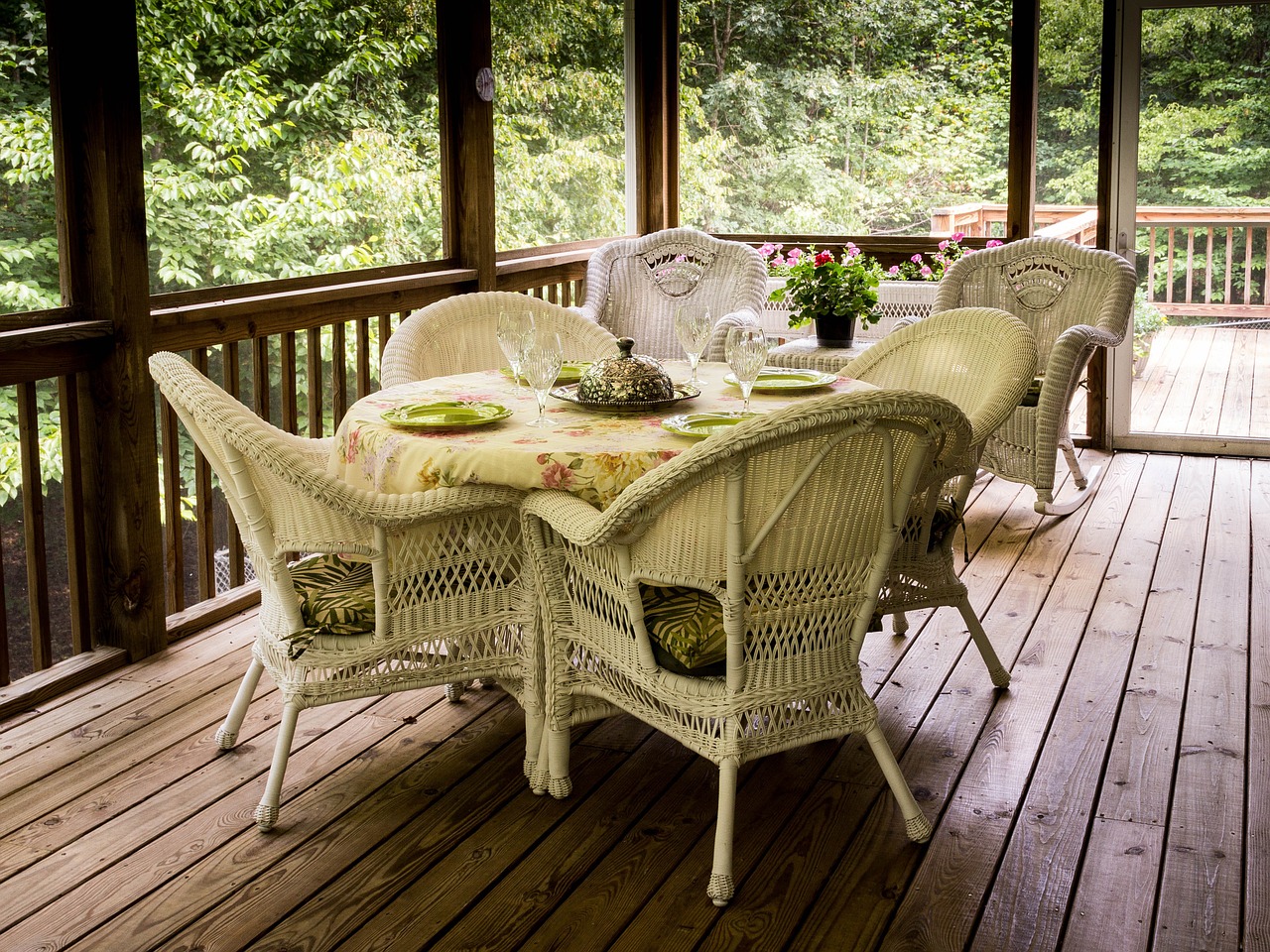Timber decking is a stunning addition to any home or business’s outside area. But, it is important that the deck is properly maintained to preserve safety and longevity.
Over time, timber decking may deteriorate, which can lead to it becoming unstable. This can prove costly for businesses, especially, should an accident occur.
Fortunately, there is plenty you can to do to ensure your decking remains in top condition. Start with these inspection tips.
- Look for localised damage
The first step is to carry out a visual inspection of the deck. Carefully look for any parts that may be damaged. Check for rot, cracks, and warping wood, too. If there is merely isolated damage to a particular area, such as near a tap or under a plant pot, you could repair or place just the area’s wood without having to redo the entire deck.
In case some parts need replacement, Market Timbers provides timber decking in Melbourne which you may want to check out.
- Determine how severe the damage is
If the damage is not in just one area, it may be a sign of serious internal damage which could mean you’ll have to replace your deck. Often, by the time you notice damage on the outside of the deck, it’s already widespread into the internal substructure.
Potential causes of internal damage include rot and termites.
- Test your railings
Firmly shake the railings around the edge of your deck. If they do feel loose, it may be an indicator of rot or other types of damage that you may necessarily be able to see.
The base of the railings should always fit securely into the deck’s base with no wiggle room. It is the railings that keep your deck safe for people, so this should be a high priority during your inspection.
- Inspect the fasteners
Carefully check the areas around the nails and screws. The head of a fastener must lay flat against the decking’s wood, with no spaces around the edges. Wood, as you know, contracts and expands with weather changes which can lead to the fasteners working their way up and out of the wood. This can then cause wood to become uneven and create edges that people could trip over.

Is it time to replace your decking?
If you realise that the damage to the deck is too severe and you need to replace the entire structure, be sure to look into your options.
The first option likely to come to mind is installing new timber decking that is made with composite materials. These look like wood decking without the need for regular repairs or replacements. Composite decking also prevents water damage, staining and fading, making it the ideal solution for your decking needs.
Use these tips to carefully, and regularly, inspect your decking to ensure it remains in perfect and safe condition at all times. Be sure to carry out regular maintenance, too, to avoid costly repairs in the long-run and as a way of keeping an eye on the structure.

